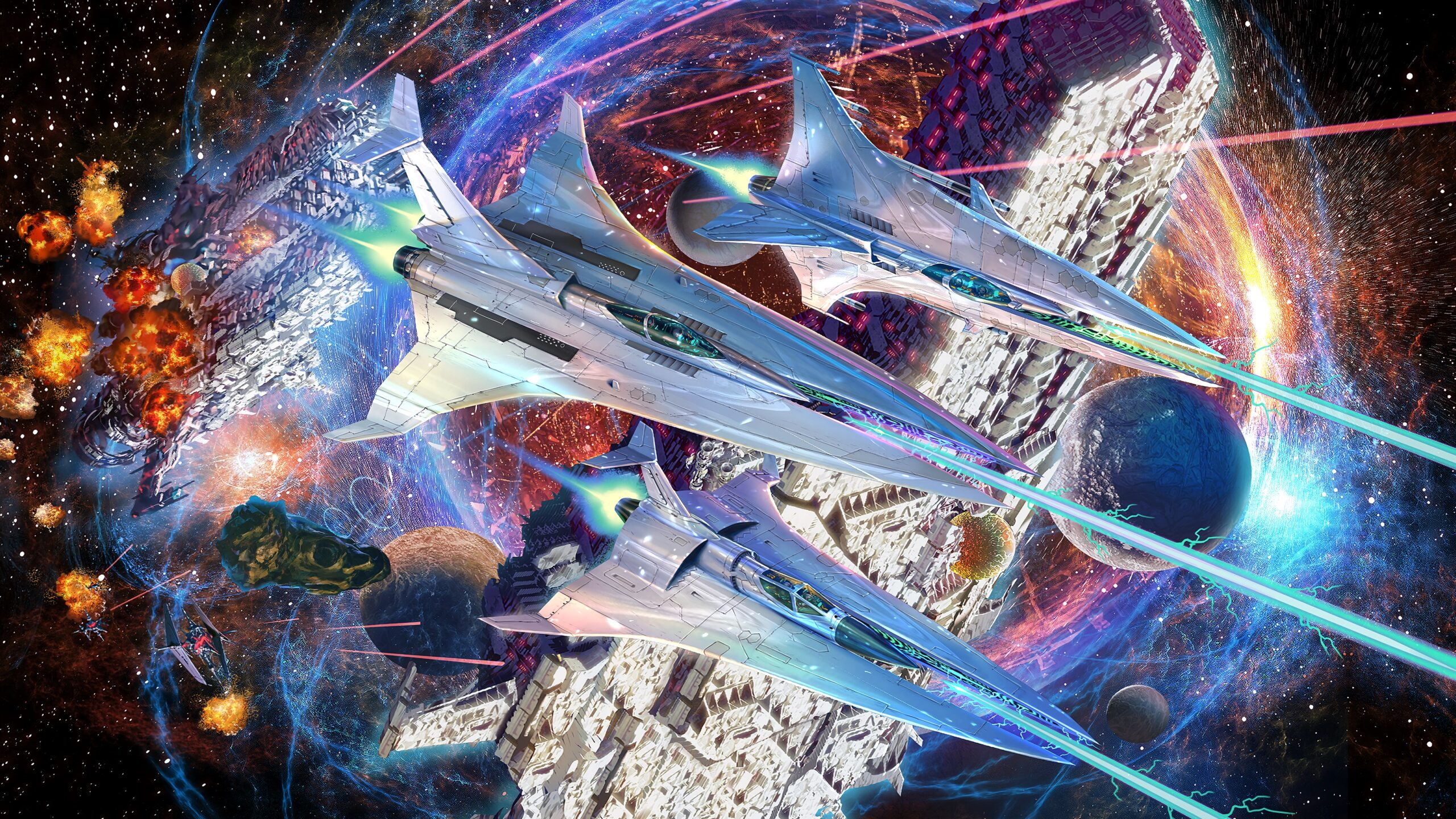Gradius is one of Konami’s flagship series and first launches in arcades way back in 1985. This series is a notoriously challenging shoot’em up, a.k.a. shmup. While most games are horizontal, some of them actually changes to vertical sequences to switch things up. As with any shmups, you’ll pick up power ups to give players a fighting chance. The ship is known as Vic Viper and the series spawned a plethora of ports and sequels across consoles and platforms.
Gradius Origins includes early games in the series including some spinoffs titled Salamander. Each game is also represented with various arcade versions from different regions. While players are treated with Salamender III, Life Force (Japanese version) and Salamander2 (Japanese version), others in the package are available in various versions.
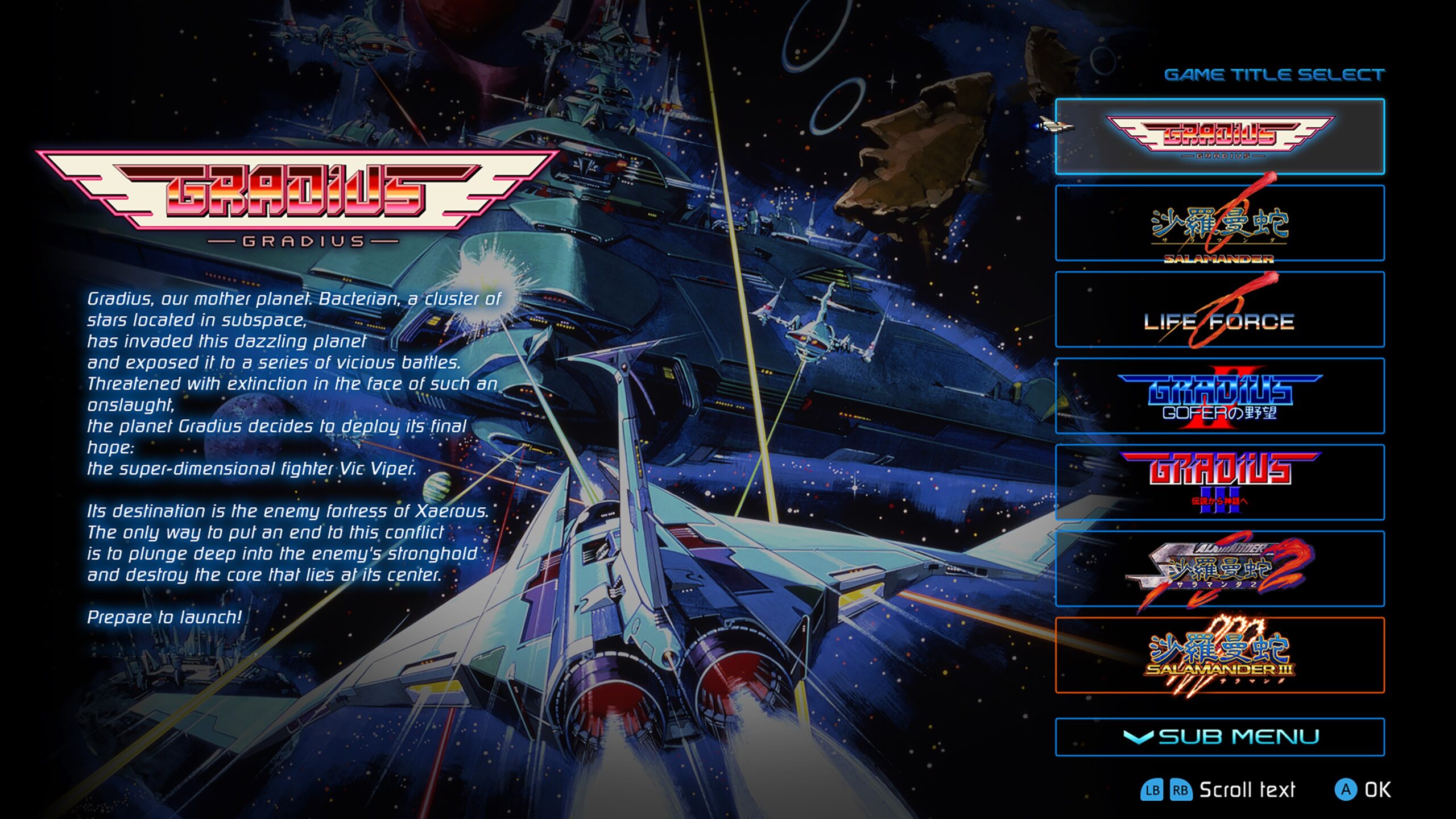
The first entry in the Gradius series is available in five different versions: Japanese ROM version, Japanese Bubble version, North American version, European version and the North American prototype; the last three versions were also known as Nemesis.
The original Salamander comes in both Japanese and North American version; the latter was titled Life Force. Gradius II: GOFER no Yabou is available under the JP early version, JP mid version, JP late version and North American version (a.k.a. Vulcan Venture).
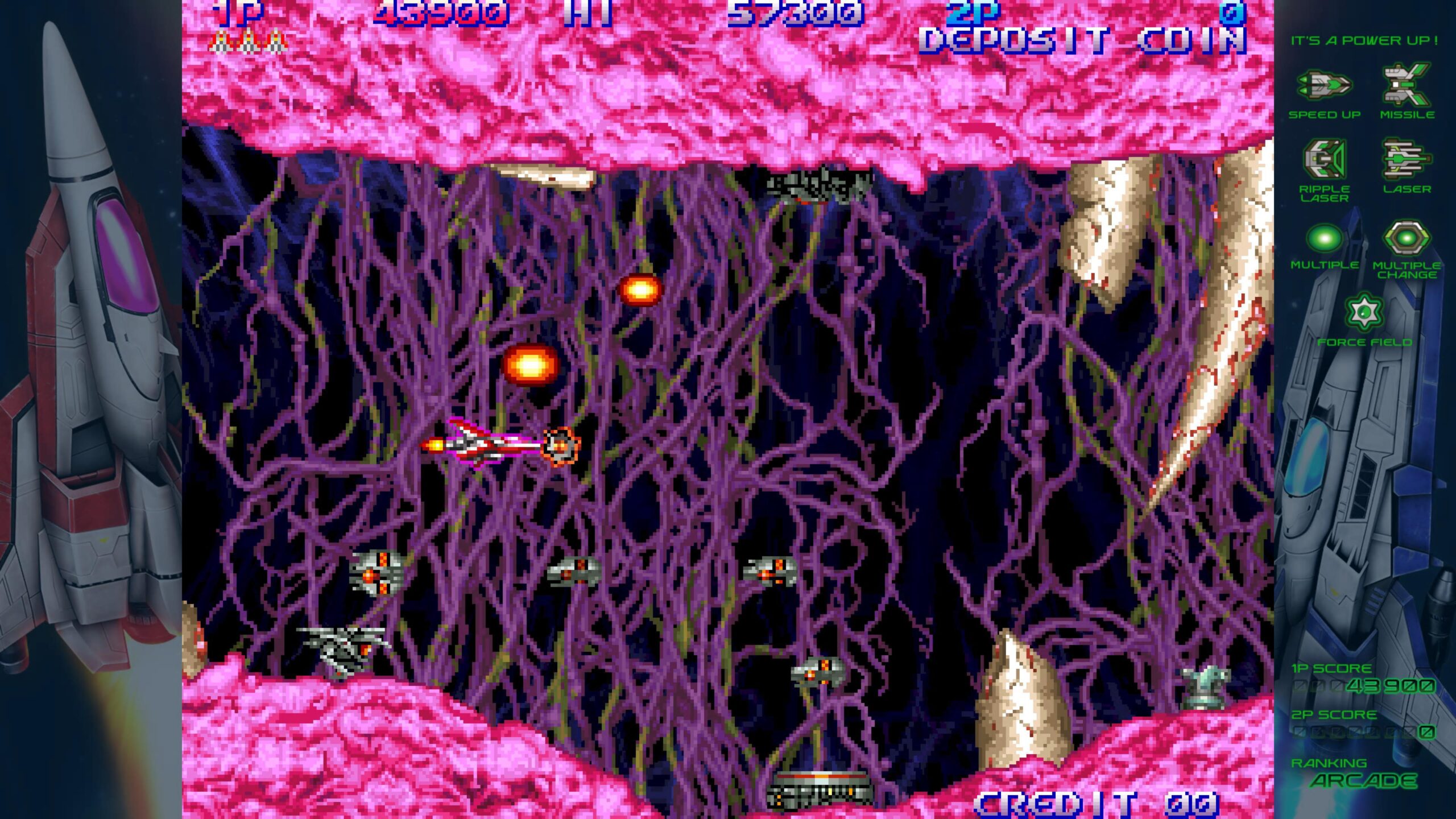
And finally there’s Gradius III: Densetsu kara Shinwa e available as the JP old version, JP new version, Asia version and JP AM show version. It’s a great look into each game’s history and overall history of the franchise. One of the differences between Gradius and Salamander, in the latter you can choose between two ships; Vic Viper and Lord British Space Destroyer; not much differences between the two.
While Salamander games play the same way as most shumps where you pick up power ups that stack upon one another to increase your firepower, the Gradius games function slightly differently. You’ll pick up gems that will highlight a specific skill in the bottom of screen and pressing a specific button enables the upgrade; it can be increased speed or missiles for example.
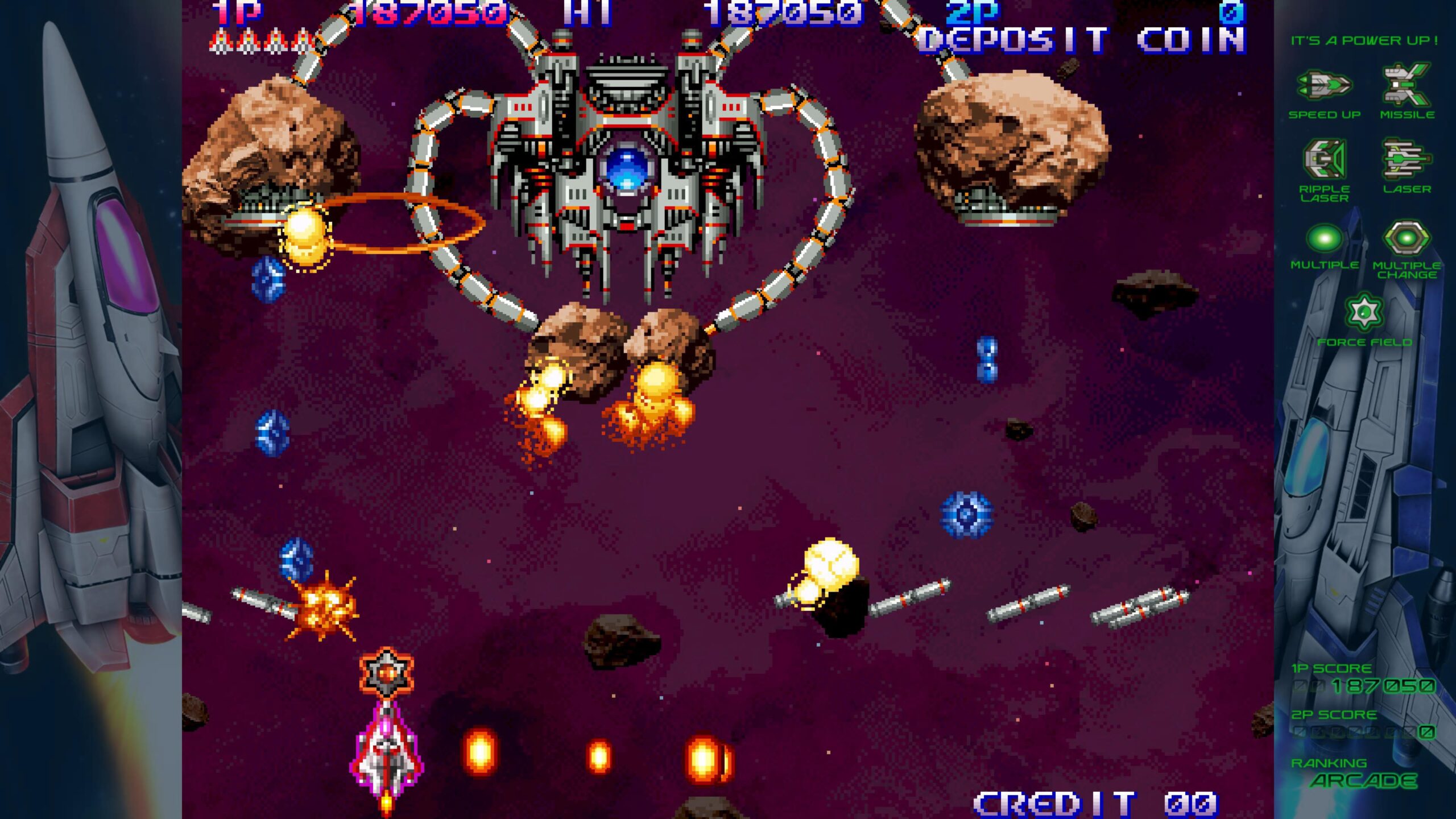
Each game also offers various difficulty skills. Season shump players can crank it up by jumping in the game’s original version, the way they were made to play. Or if you need a bit of practice, you can either do Easy mode or Invincible mode. However in the latter, Achievements are disabled. However, Salamander III is only available in its original version.
The visuals still look great by today’s standards. The pixelated style never goes out of style; even a lot of indie developers will create pixel style games. While the older games have a pretty straight forward, generic space-y look, later titles have a bit more variety of visual style; for example Salamander III does have a few trippy backgrounds. Also the transition from horizontal to vertical in Salamander games is quite seamless. The games’ soundtracks are sci-fi themed, obviously, and they hold up pretty well.
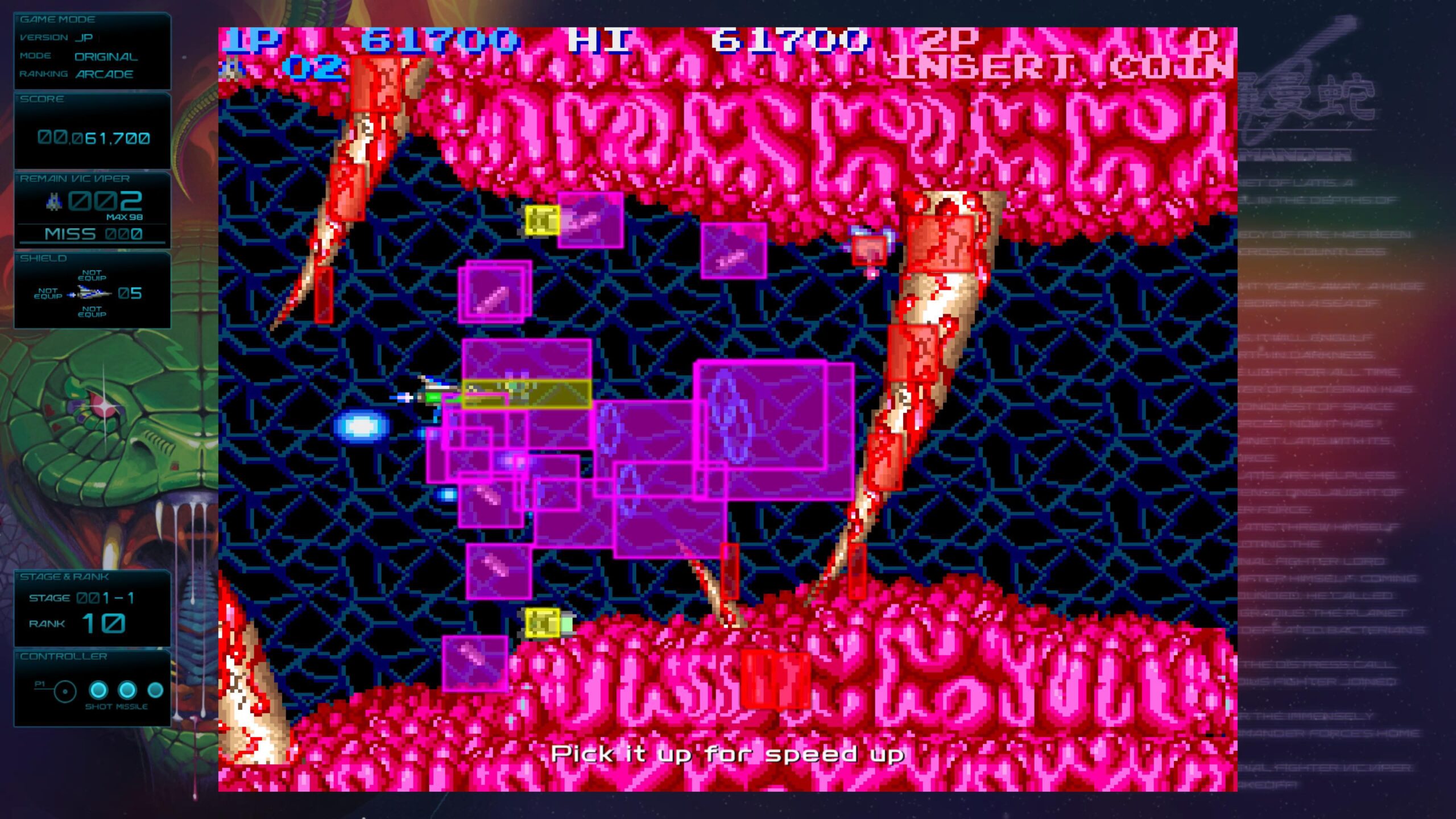
While there’s nothing majorly wrong with this classic collection, it does feel a bit short changed in terms of game variety. I appreciate getting a look in the series’ past and versions that some regions never had access to, but having a complete collection of all games at full priced would’ve been worth it given the game’s long standing history. Also some mechanics might feel a bit older; especially the slow ship movement in the earlier games.
Gradius Origins is a great collection of classics that gives a look back in the past. Fans of challenging games or shumps will absolutely find something to chew on with this bundle. While it does feel lacking in terms of variety given the game’s storied history, the different versions give players a reason to try differente ones. Gradius Origins is also a great entry point for those looking to dip their toes in the genre.
Overall
-
CX Score - 80%80%
Summary
Pros
- Great look at the game’s origins
- Multiple version of each game
Cons
- Was hoping the collection to include all games

